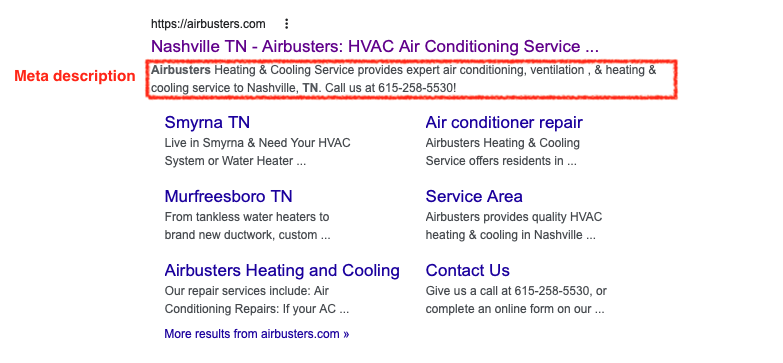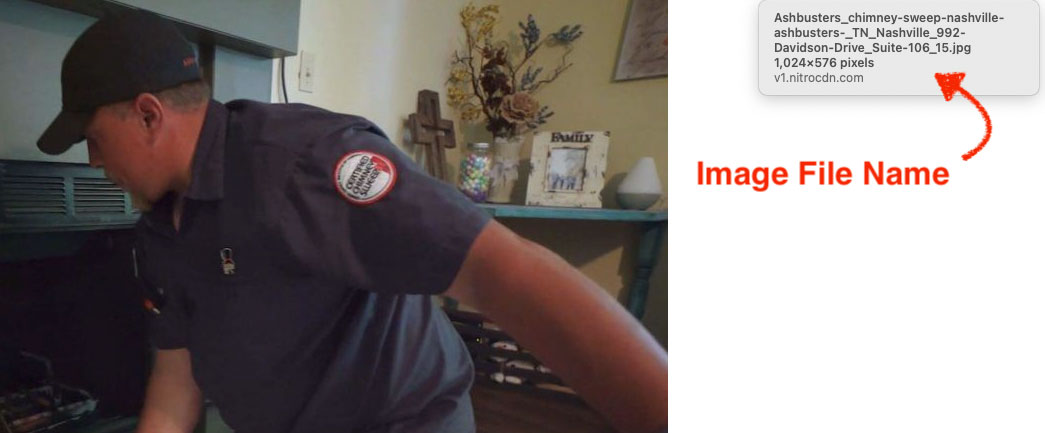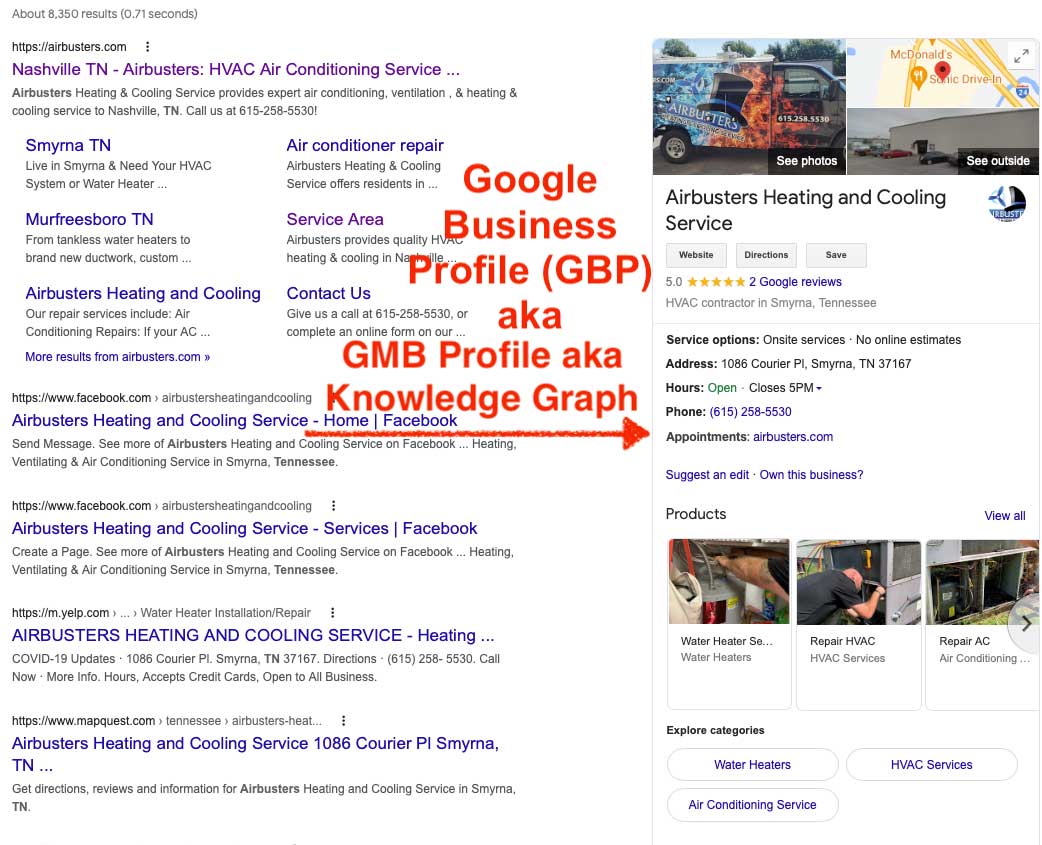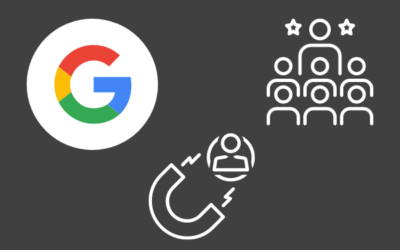So, you’re looking for a new marketing partner and you keep hearing the term ‘local SEO’ thrown around. You don’t want to come off as clueless when you chat with someone you’re considering handing a lot of money to – especially considering the bad reputations of so many marketing agencies.
But if you’re honest, you don’t know what the hell local SEO is, how it works, and if you *really need it* to grow your HVAC, plumbing, chimney, or home service business.
Don’t worry, we’re coming through for ya with this quick and helpful local SEO guide. We’re going to take you from noob to knowledgeable in a matter of minutes, so that when you’re done reading, you’ll feel empowered in those conversations when local SEO comes up.
Let’s not waste anytime. Ready?
What Is Local SEO?
Local SEO is what is done to optimize a business’s website and Google Business Profile (GBP, formerly GMB) for location-specific searches on search engines like Google — so that searchers searching for that business’s services or products in a specific area will see that company in organic search results and the local pack.
With SEO in general, you’re optimizing a business, product, or website so that it shows up for related search queries. Local SEO just has an added layer of optimization — a location-specific element to it.
The Bottom Line aka the Why of Local SEO
By investing in local SEO, you can increase visibility for your business in the local areas you want to do work in. And the more visible you are, the more opportunities you have to capture leads and turn them into paying customers.
When Is Local SEO Needed?
When a product or service is NOT specific to a certain area — if, for example, you sell and ship products all over the globe — SEO will suffice. But when a product or service IS specific to a certain area — if, for example, you’re a plumbing or HVAC business serving Toledo, OH — local SEO is needed. Otherwise, Google won’t know to surface your company’s website or Google Business Profile for searchers in the Toledo area. It won’t know that your business is *only* relevant to people inside of or near a specific locale.
Now, organic search results pull in websites, while local pack results pull in Google Business Profiles, which is why you want to SEO-optimize both your website and your GBP listing for local search.

Related: Check out our Spark Live show on some of the worst pieces of SEO we see on the Internet
How Do You Optimize Your Website for Local?
Your website is your biggest online asset, so if you want to rank for local keywords and show up in local organic search results, you’ll need to strategically optimize your website.
To optimize your website for local search, use the main location keyword you want to rank for in:
#1 The title of your website

#2 Your body copy

#3 The Htags of your pages (Htags are just the crossheads of headlines that you use to break up text on your pages)

#4 Your meta descriptions

#5 Your image file names

You can also include a detailed service area page and pages specifically for your top locations. For example, you might make a page for a suburb you serve, making the content all about that particular area, the services you provide, and the clients you’ve helped in that area. You might also include testimonials and photos from jobs done in that location.
For example, here’s a service area page…

And a location page…

Another great way to locally optimize your website is to make sure your address (if you have a physical location) and phone number are in the header of every page of your website. This just proves your local relevance and makes it easy for website visitors to contact you.
Take a look…

Finally, work on getting locally relevant links and citations (mentions of your business and website). You can do this by getting involved in local charities, supporting local sports teams, joining your local Chamber of Commerce, being a resource for local journalists, etc.
How Do You Optimize Your Google Business Profile (GBP, formerly GMB) for Local?
Your Google Business Profile is the knowledge panel that shows up for your business on the right side of search results in a branded search. It’s also what is used to display your business in the local pack.
Take a look at the example below…

When Google is deciding which Google Business Profiles to surface in the local pack, they’re really looking at three main things:
- Relevance – How relevant is your business to the searcher’s intent?
- Distance – How close are you to the searching customer?
- Prominence – How well known, popular, and trustworthy is your business?
Given the above, there are several ways to optimize your Google Business Profile for local:
#1 Create and claim your GBP profile if you haven’t already
#2 Set your address and phone number (and make sure you use the same address and phone number you use on your website and other places across the web)

#3 Choose your service area
#4 Choose accurate categories for your business

#5 Use location and business related keywords in your business description

#6 Add a link to your website

#7 Work on getting local citations (mentions of your business or website on locally-relevant websites and directories)
#8 Get reviews and respond to the reviews you get

Of course, there’s more to a local SEO strategy, but this will get you started.
Can You Outrank the Competition Without Local SEO?
And now, the answer you’ve all been waiting for…
In terms of Google organic search, you cannot outrank the competition without local SEO. The competitive landscape is crowded and, chances are, your perfect lead has plenty of choices before them. If you don’t have a local SEO strategy, you’re not going to get the call when they need the services or products you offer.
You won’t even be in the running, because if your competitor is investing in local SEO and you’re not, your website has a very slim chance of showing up or ranking above your competitor. And if your Google Business Profile is barren, unclaimed, and unhelpful, it’s not going to bring you leads, either.
That said, if you have a good reputation on platforms like Porch, Angie’s List, or Yelp, and those sites are ranking high for local search terms, then you might be visible above competitors’ sites through the visibility of those directories. But at the end of the day, you can’t control when those platforms show up or what those platforms encourage prospective clients to do.
When you invest in local SEO for your website and your Google Business Profile listing, you get to control the way your company is presented and guide prospective clients to take the action you want them to take.
Bottom line? If you want to grow your HVAC or plumbing business and get more leads from your online marketing, local SEO has to be part of the plan. Yes, there’s always room for PPC (Pay-Per-Click, like Google Ads) and LSAs (Local Service Ads), but investing in local SEO is key if you want true ROI from your online marketing.
A note on Google Maps: In Google Maps, it is possible to outrank competitors without investing in local SEO, since Google Maps rankings are largely proximity-based (meaning the companies closest to the searcher will surface higher). But, that ranking will be limited to a smaller area without local SEO. Optimizing your Google Business Profile listing and the landing page linked to from your GBP will help expand your Maps reach and ranking. So, local SEO benefits rankings across the board.
Got It? Good.
I told you I’d make it quick, painless, and informative. Hopefully now you’re feeling empowered and ready to have an engaging SEO conversation with the marketing partners you’re interviewing.
Good luck, and let us know if we can help at all.


